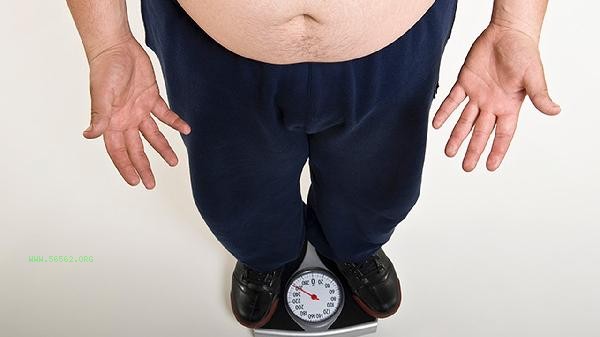Dieting for weight loss usually takes 7-14 days to show initial results, and the actual time of effectiveness is related to factors such as basal metabolic rate, dietary structure, exercise coordination, individual differences, and weight base.
1. Basal metabolic rate: People with high basal metabolism consume energy faster and experience more significant weight loss after dieting. Muscle mass, age, and hormone levels can affect metabolic efficiency, and women with lower muscle proportions may experience slightly slower results. It is recommended to increase muscle mass through strength training to accelerate metabolism.

2. Dietary structure:
Simply reducing food intake may lead to malnutrition. Reasonably controlling carbohydrate and fat intake while ensuring a more effective protein ratio. Using low glycemic index foods such as oats and quinoa, combined with dietary fiber, can prolong satiety and avoid interrupting plans due to excessive hunger. 3. Exercise coordination: Combining aerobic exercise and resistance training can improve fat loss efficiency. 3-5 times a week of 30 minute brisk walking or swimming can consume an additional 200-300 calories. HIIT interval training has a significant effect on breaking through the plateau period, but it needs to be gradually improved according to physical fitness.
4. Individual differences: The type of fat distribution determined by the
gene affects the speed of weight loss, with apple shaped bodies showing faster changes in waist circumference. Patients with endocrine disorders such as hypothyroidism and polycystic ovary syndrome need to first regulate their underlying diseases, otherwise the effect of dieting is limited.

5. Weight base:
People with an initial BMI exceeding 28 may experience faster weight loss in the early stages, with a weight loss of 2-3 kilograms in the first week mainly due to hydration, while slightly overweight individuals may take longer to observe changes in body shape. It is recommended to lose no more than 1% of total weight per week. During the dieting period, it is necessary to ensure a daily intake of at least 1200 calories to avoid serious side effects such as hair loss and amenorrhea. Recommend using the "211 Plate Method": 2 fists of vegetables, 1 palm of protein, 1 fist of staple food per meal, paired with nuts to supplement high-quality fat. Edema before menstruation in women may lead to weight fluctuations, which is a normal phenomenon. Continuous monitoring of waist to hip ratio should be conducted instead of relying solely on a weight scale. When symptoms such as dizziness and fatigue occur, it is necessary to adjust the diet plan in a timely manner and consult a nutritionist to develop personalized recipes if necessary.




Comments (0)
Leave a Comment
No comments yet
Be the first to share your thoughts!